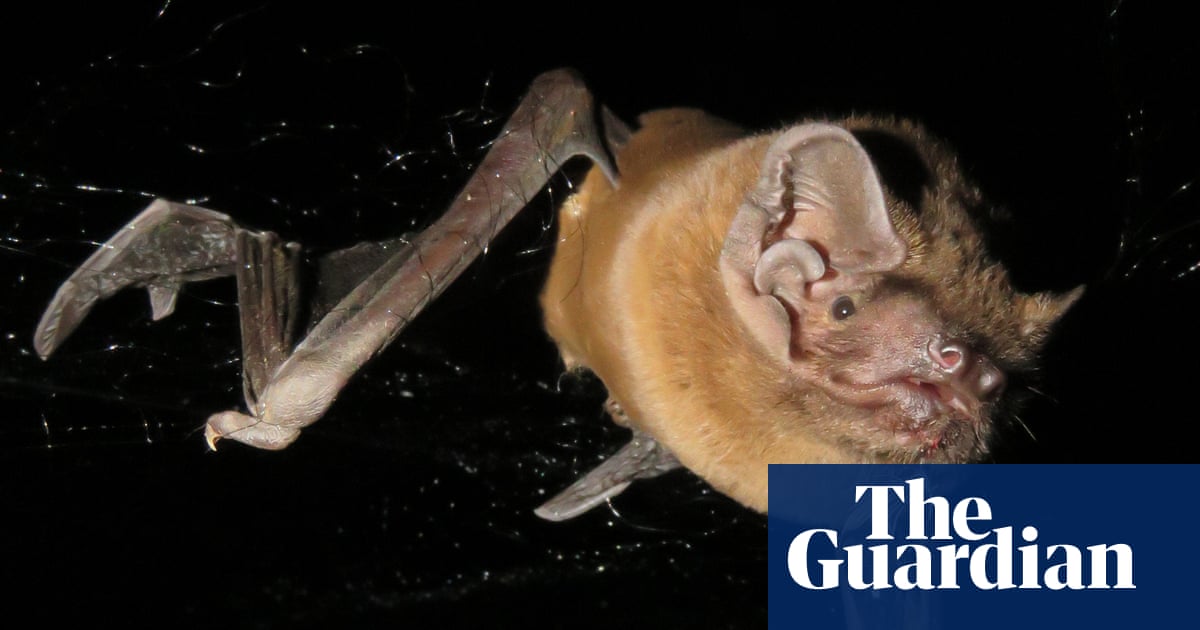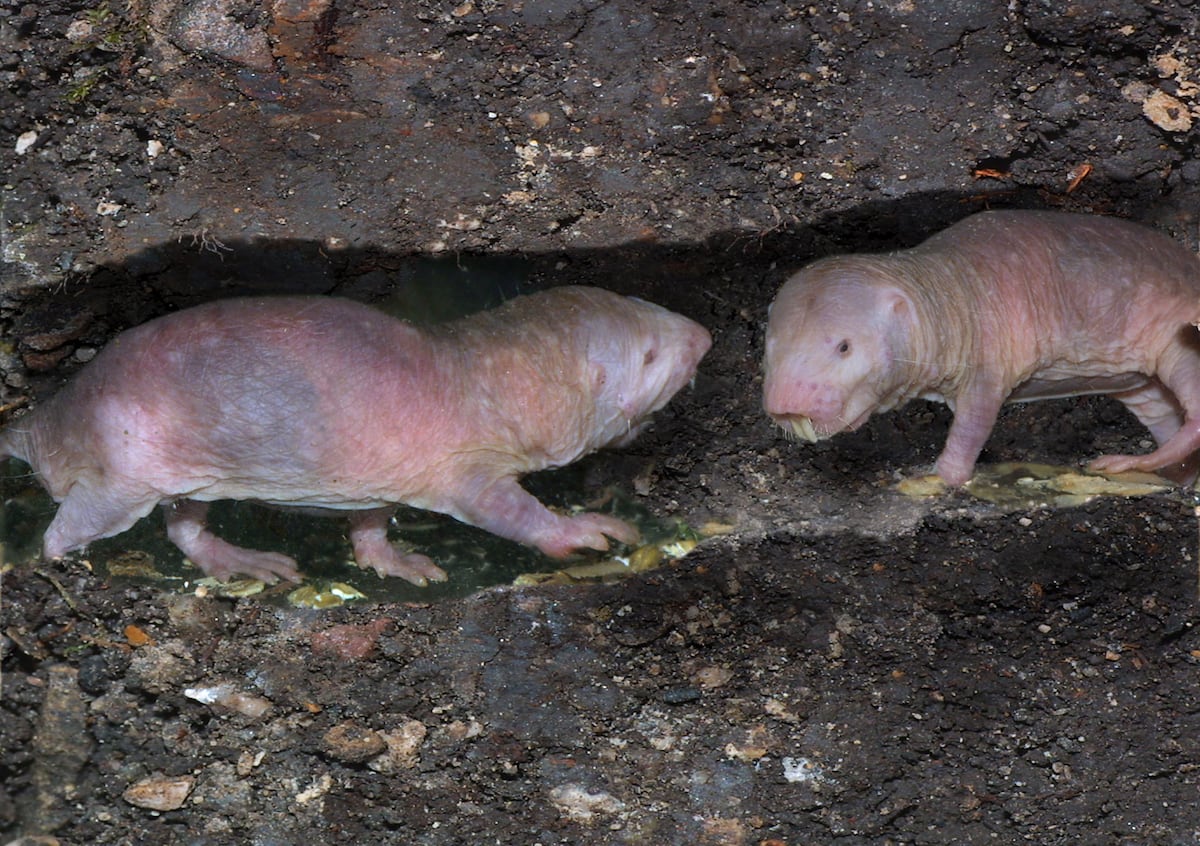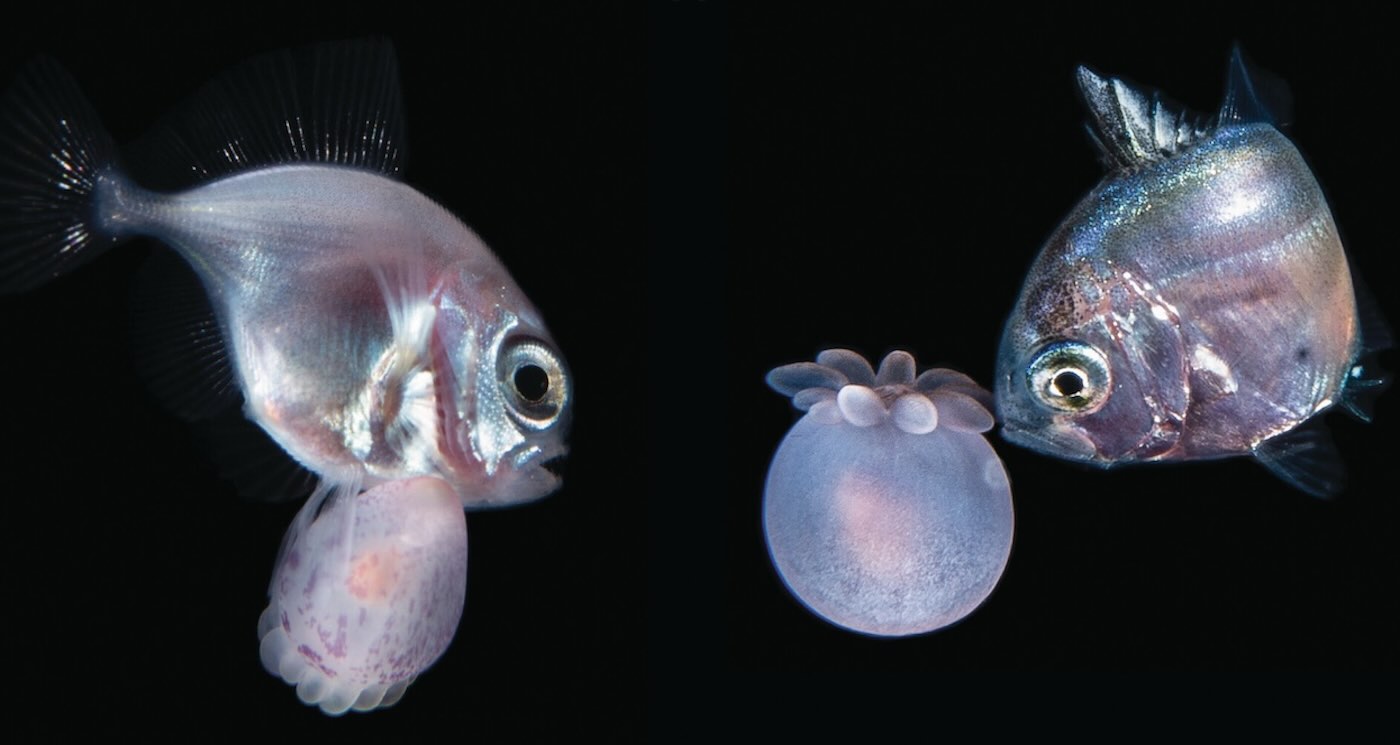Unbelievable Bat Predation: The Shocking Truth About Europe’s Largest Bat!

When you think of bats, you might picture them hanging upside down in a cave, or flitting through the moonlit sky. But what if I told you that one of Europe's largest bat species, the greater noctule bat, just revealed a savage side that leaves us reeling? This isn’t just about spooky creatures of the night; it’s about a predator so fierce, it hunts and devours birds in mid-air!
In a stunning study, researchers captured the grim reality of this bat by documenting its relentless pursuit of a robin. The footage shows the bat soaring to an impressive altitude of 1.2 kilometers (that's about 4,000 feet) before diving down at breakneck speed, demonstrating its prowess as a formidable hunter. Once it caught the robin, it delivered a lethal bite, and what followed was a chilling 23-minute sequence of chewing sounds recorded during flight—a gruesome meal captured in real-time.
Dr. Laura Stidsholt, a co-author from Aarhus University, expressed her astonishment, stating, “It’s fascinating that bats are not only able to catch them, but also to kill and eat them while flying.” To give you an idea of the feat, imagine trying to catch and eat a 35-kilogram animal while jogging—yeah, it’s that impressive!
Every year, billions of birds undertake nighttime migrations across vast distances, flying high and intersecting with the hunting territories of these stealthy bats. Dr. Carlos Ibáñez, a researcher at the Doñana Biological Station in Seville, has long argued that these birds are not just incidental; they’re a crucial food resource for bats during key life stages. However, it took him 25 years and cutting-edge technologies—surveillance cameras, military radar, and even ultrasound recorders strapped to hot air balloons—to gather the compelling evidence he needed.
In this groundbreaking research, scientists fitted the greater noctule bats with tiny backpacks equipped with instruments to track their acceleration, altitude, and audio, including echolocation calls. What they discovered was nothing short of astonishing. These bats didn’t just chase birds; they executed successful aerial attacks, illustrating their predacity in a whole new light.
As Stidsholt noted, “The bat is flying in stealth mode.” With the cover of night, the unsuspecting robin is completely unaware of the imminent danger, unable to hear the echolocation sounds or see the bat until it's too late. The chase then unfolds like a dramatic chase scene from a movie, spanning over a kilometer, complete with the robin’s distress calls echoing in the night.
And while it’s easy to feel a pang of empathy for the robin, Stidsholt reminds us of the greater context: “The bat is a very rare species and it isn’t doing very well in southern Europe due to droughts and wildfires, so we want this species to have a good meal.” In fact, previous research by Ibáñez uncovered severed bird wings beneath bat hunting grounds, hinting at their selective eating habits—discarding wings to minimize weight during flight.
Elena Tena, a leading author of the study, captures the duality of nature perfectly: “While it evokes empathy for the prey, it is part of nature.” Indeed, this shocking revelation reminds us that behind the beauty of the night, a fierce competition for survival rages on. The findings have been published in the journal Science, marking a pivotal moment in our understanding of bat behavior.





























